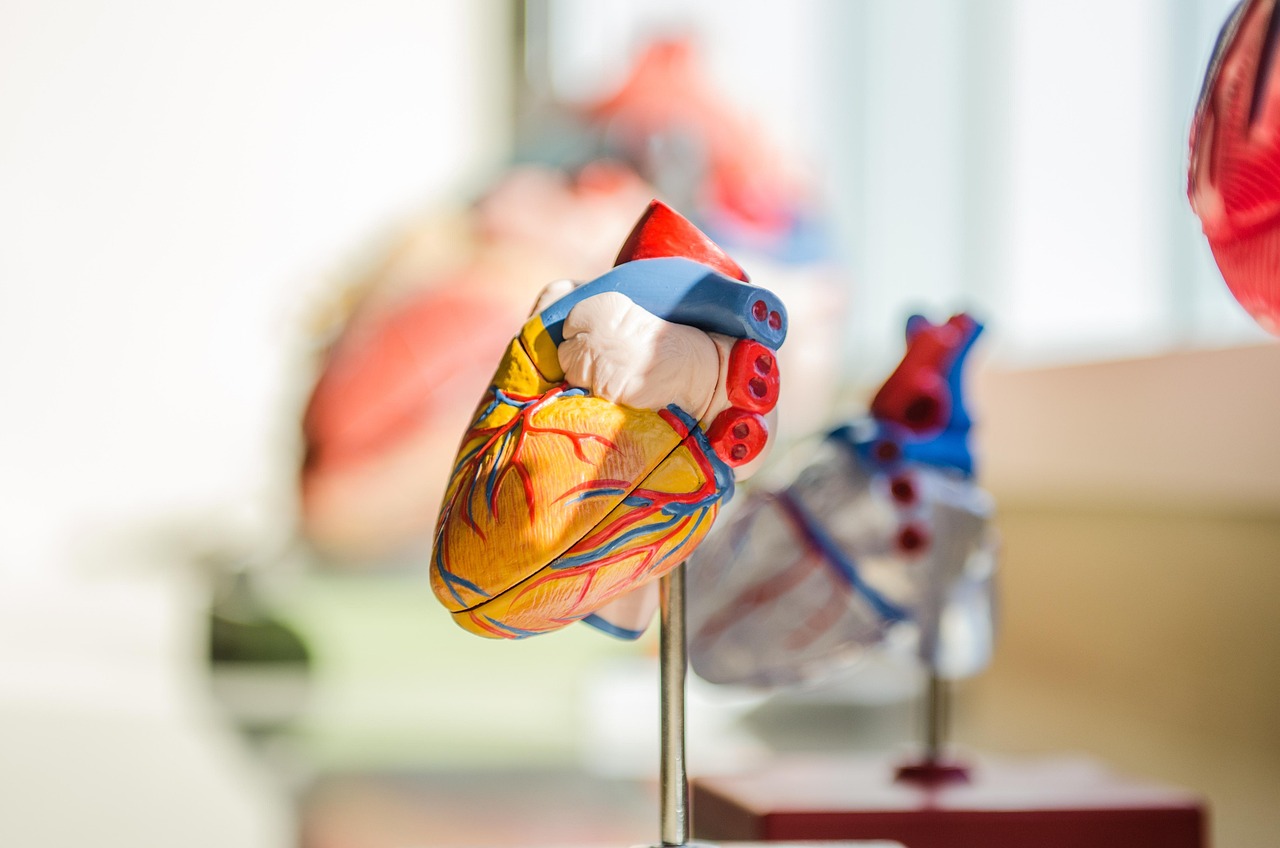Feeling sluggish? Energy levels dipping? Or perhaps just looking to boost your overall well-being? Regular exercise might just be the most potent (and accessible!) tool in your arsenal. It’s not just about sculpted abs or marathon running; it’s about building a healthier, happier you from the inside out. This blog post dives deep into the world of regular exercise, exploring its myriad benefits and providing practical tips to seamlessly integrate it into your daily life.
The Powerful Benefits of Regular Exercise
Regular physical activity isn’t just about fitting into your favorite jeans; it’s a cornerstone of a healthy lifestyle. The benefits are far-reaching, impacting both your physical and mental well-being.
Cardiovascular Health: Protecting Your Heart
- Strengthens your heart muscle: Regular cardio workouts like running, swimming, or cycling make your heart more efficient at pumping blood, reducing strain.
- Lowers blood pressure: Exercise helps dilate blood vessels, leading to lower blood pressure and reduced risk of hypertension.
- Improves cholesterol levels: It increases “good” HDL cholesterol and lowers “bad” LDL cholesterol, reducing the risk of heart disease.
A study published in the Journal of the American College of Cardiology showed that even 15 minutes of moderate-intensity exercise per day can reduce the risk of cardiovascular disease.
Weight Management: Achieving a Healthy Body Composition
- Burns calories: Physical activity helps you burn calories, creating a calorie deficit necessary for weight loss.
- Boosts metabolism: Exercise, especially strength training, builds muscle mass, which increases your resting metabolic rate, meaning you burn more calories even when you’re at rest.
- Reduces abdominal fat: Regular exercise, particularly combined with a healthy diet, can help reduce dangerous visceral fat stored around your organs.
Practical Example: Aim for at least 150 minutes of moderate-intensity aerobic activity or 75 minutes of vigorous-intensity aerobic activity per week for optimal weight management.
Mental Well-being: Sharpening Your Mind and Boosting Your Mood
- Reduces stress and anxiety: Exercise releases endorphins, which have mood-boosting effects and can help alleviate stress and anxiety.
- Improves sleep quality: Regular physical activity can help regulate your sleep cycle, leading to better sleep.
- Boosts self-esteem: Achieving fitness goals and feeling physically stronger can significantly improve your self-confidence and self-image.
Actionable Takeaway: Try a brisk walk or yoga session when you’re feeling stressed or overwhelmed. Notice the positive impact on your mood.
Getting Started: Finding Your Fitness Fit
The key to incorporating regular exercise into your life is finding activities you enjoy and can realistically maintain.
Choosing Activities You Love
- Experiment with different types of exercise: Try various activities like dancing, hiking, swimming, team sports, or gym workouts to discover what you find most engaging.
- Consider your interests and personality: Are you an outdoor enthusiast? A social butterfly who thrives in group settings? Or do you prefer solitary pursuits?
- Don’t be afraid to modify exercises: Adapt activities to suit your fitness level and any physical limitations you may have.
Practical Example: If running is too strenuous, try brisk walking or cycling. If you don’t like the gym, try dancing or hiking.
Setting Realistic Goals
- Start small and gradually increase intensity: Avoid overdoing it in the beginning, as this can lead to injury and discouragement.
- Set specific, measurable, achievable, relevant, and time-bound (SMART) goals: Instead of saying “I want to get in shape,” set a goal like “I will walk for 30 minutes, three times a week for the next month.”
- Track your progress and celebrate your achievements: Monitoring your progress can help you stay motivated and identify areas for improvement.
Overcoming Common Barriers
- Time constraints: Break up your workouts into smaller chunks throughout the day. Even 10-15 minutes of exercise can be beneficial.
- Lack of motivation: Find a workout buddy, join a fitness class, or reward yourself for reaching your goals.
- Financial concerns: There are plenty of free or low-cost exercise options available, such as walking, running, bodyweight exercises, and online workout videos.
Creating a Sustainable Exercise Routine
Consistency is key when it comes to reaping the benefits of regular exercise. Building a sustainable routine requires careful planning and commitment.
Planning Your Workouts
- Schedule your workouts like any other important appointment: Treat your exercise time as non-negotiable.
- Vary your workouts to prevent boredom and work different muscle groups: Incorporate a mix of cardio, strength training, and flexibility exercises.
- Consider using a fitness tracker or app to monitor your activity levels and track your progress.
The Importance of Warm-up and Cool-down
- Warm-up: Prepare your body for exercise with light cardio and dynamic stretching, such as arm circles, leg swings, and torso twists.
- Cool-down: Gradually decrease your heart rate with light cardio and static stretching, holding each stretch for 20-30 seconds.
Proper warm-up and cool-down routines help prevent injuries and improve flexibility.
Listen to Your Body
- Pay attention to pain signals: Don’t push yourself through pain, as this can lead to injury.
- Take rest days when needed: Allow your body time to recover and rebuild muscle tissue.
- Stay hydrated and fuel your body with nutritious foods: Proper nutrition and hydration are essential for optimal performance and recovery.
Exercise Across the Lifespan
The benefits of exercise apply at every stage of life, from childhood to old age.
Exercise for Children and Adolescents
- Promotes healthy growth and development: Exercise helps build strong bones, muscles, and cardiovascular systems.
- Improves cognitive function and academic performance: Studies have shown that physically active children tend to perform better in school.
- Reduces the risk of obesity and chronic diseases: Regular exercise can help children maintain a healthy weight and reduce their risk of developing type 2 diabetes and heart disease later in life.
Actionable Takeaway: Encourage children to engage in at least 60 minutes of moderate-to-vigorous intensity physical activity each day.
Exercise for Adults
- Maintains physical function and independence: Exercise helps adults maintain their strength, balance, and coordination, allowing them to stay active and independent for longer.
- Reduces the risk of chronic diseases: Regular physical activity can help prevent and manage chronic diseases such as heart disease, stroke, type 2 diabetes, and some types of cancer.
- Improves mental well-being and reduces stress: Exercise can help adults cope with stress, improve their mood, and reduce their risk of developing depression and anxiety.
Exercise for Older Adults
- Preserves muscle mass and bone density: Exercise helps older adults maintain their strength and bone density, reducing their risk of falls and fractures.
- Improves balance and coordination: Balance and coordination exercises can help older adults prevent falls and maintain their independence.
- Enhances cognitive function and reduces the risk of dementia: Studies have shown that regular physical activity can help protect against cognitive decline and dementia.
* Practical Example: Older adults should aim for at least 150 minutes of moderate-intensity aerobic activity per week, as well as strength training exercises at least twice a week.
Conclusion
Regular exercise is a powerful investment in your overall health and well-being. It’s not just about looking good; it’s about feeling good, improving your quality of life, and reducing your risk of chronic diseases. By finding activities you enjoy, setting realistic goals, and making exercise a sustainable part of your daily routine, you can unlock the transformative benefits of regular physical activity and live a healthier, happier life. So, get moving today and experience the positive impact of exercise on your mind, body, and spirit!




